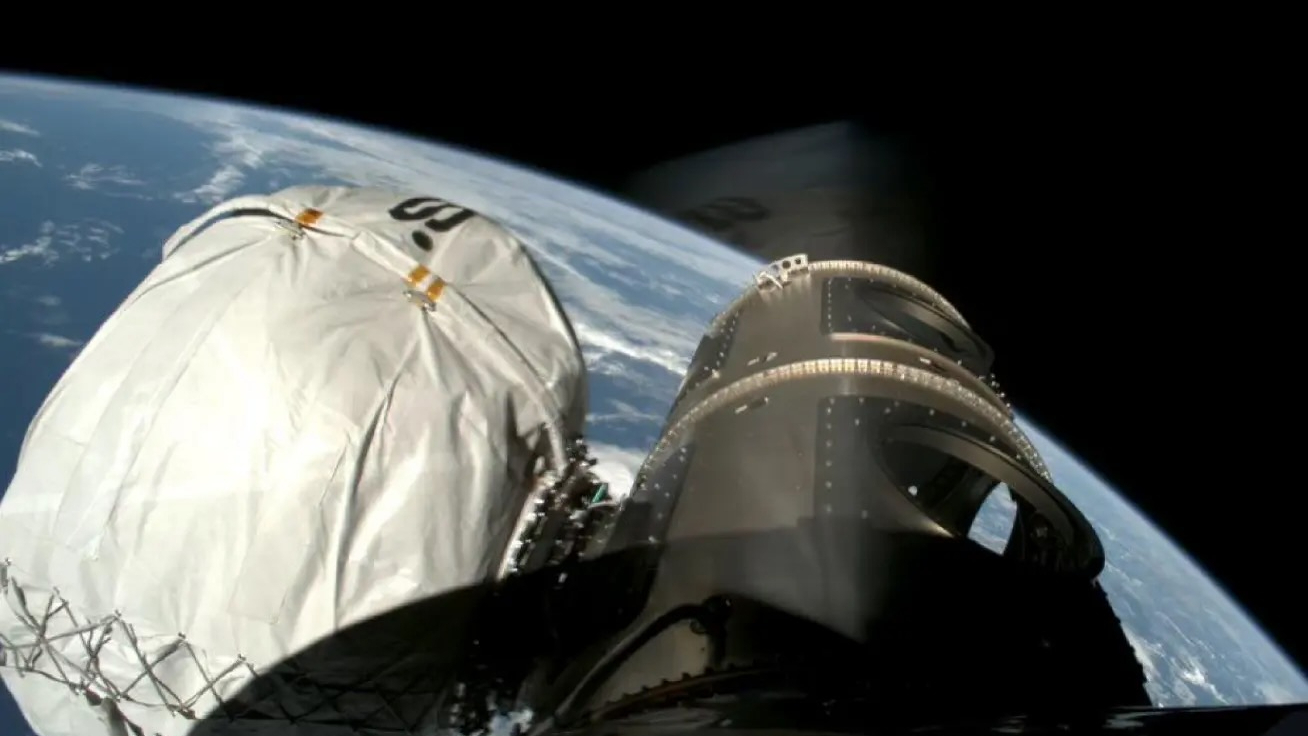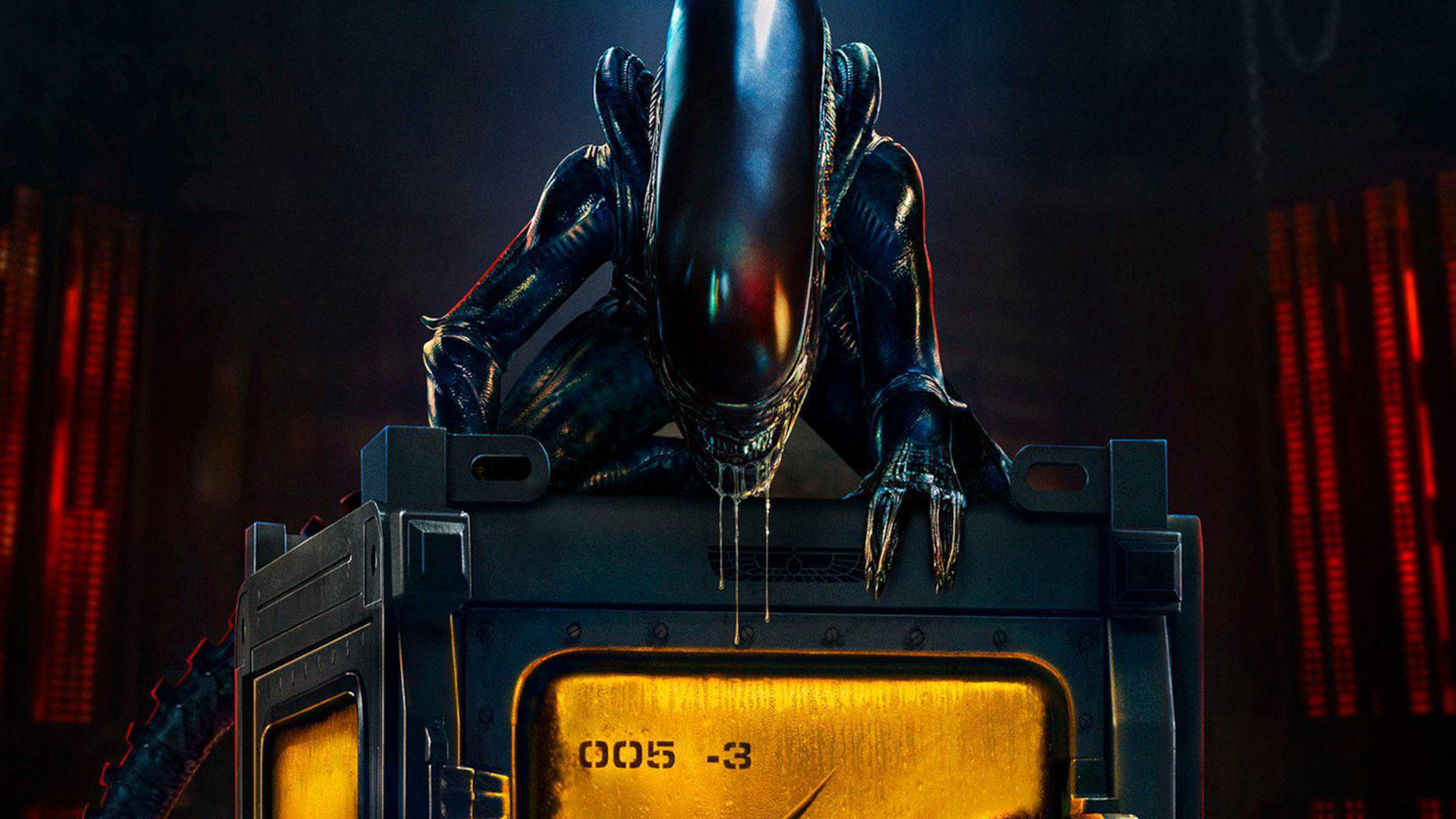The Rocket Engine for NASA's New Orion Spacecraft Just Aced a Critical Test (Video)
The service module fired its propulsion system continuously for 12 minutes.
The main rocket engine for NASA's Orion spacecraft, which the agency will launch around the moon in 2020 as part of the Artemis program, has just aced another milestone test.
In a test on Aug. 5, the propulsion system for Orion's service module fired continuously for 12 minutes, which simulated engine activity during an abort-to-orbit scenario. In this possible scenario, which would take place if Orion's interim cryogenic propulsion stage (ICPS) didn't correctly put the craft on a path to the moon, the service module would separate early from the ICPS and fire its boosters to get to a temporary orbit.
This would allow ground control to re-evaluate with the crew and craft and plan an alternate route to the moon. Even if Orion has to switch to an alternate mission plan, it may still be able to accomplish some of the goals of the mission.
Related: NASA's Orion Spacecraft - The Latest Videos and Photos

During this successful test, engineers fired Orion's main engine and all eight of the module's auxiliary engines at the same time. Throughout this continuous firing, Orion's reaction control thrusters were periodically fired to simulate attitude control and the capacity of the craft's propulsion system.
The test allowed NASA's Orion engineers to evaluate the propulsion system and subsystems along with engine performance as the multiple engines fires simultaneously. This test comes after Orion's crew capsule successfully completed a launch-abort test on July 2.
The Orion service module is the powerhouse of the spacecraft, giving the craft the ability to move around in space and providing power and support to life support systems.
Get the Space.com Newsletter
Breaking space news, the latest updates on rocket launches, skywatching events and more!
"This was our most demanding test for the pressurization system, including our propellant tanks, valves and other components,"Josh Freeh, deputy manager of the Orion Service Module at NASA's Glenn Research Center, said in a NASA statement.
"Inserting Orion into lunar orbit and returning the crew on a trajectory back home to Earth requires extreme precision in both plotting the course and firing the engines to execute that plan … With each testing campaign we conduct like this one, we’re getting closer to accomplishing our missions to the Moon and beyond," Mark Kirasich, program manager for Orion at NASA’s Johnson Space Center, said in the statement.
- Orion Spacecraft: Taking Astronauts Beyond Earth Orbit
- NASA's 1st Orion Spacecraft Test Flight in Photos
- Space Launch System: NASA's Giant Rocket Explained (Infographic)
Follow Chelsea Gohd on Twitter @chelsea_gohd. Follow us on Twitter @Spacedotcom and on Facebook.
Join our Space Forums to keep talking space on the latest missions, night sky and more! And if you have a news tip, correction or comment, let us know at: community@space.com.

Chelsea “Foxanne” Gohd joined Space.com in 2018 and is now a Senior Writer, writing about everything from climate change to planetary science and human spaceflight in both articles and on-camera in videos. With a degree in Public Health and biological sciences, Chelsea has written and worked for institutions including the American Museum of Natural History, Scientific American, Discover Magazine Blog, Astronomy Magazine and Live Science. When not writing, editing or filming something space-y, Chelsea "Foxanne" Gohd is writing music and performing as Foxanne, even launching a song to space in 2021 with Inspiration4. You can follow her on Twitter @chelsea_gohd and @foxannemusic.









